Description
Dinham Bridge
Viewed from the riverside path (The Breadwalk) with the castle behind
Ludlow’s Dinham Bridge was built in 1823 by Thomas Telford and was originally known as New Bridge. The bridge was designed by John Straphen of Shrewsbury. However, earlier bridges did cross the river here and it is thought that the 14th century Mortimer’s Tower at Ludlow Castle controlled the rear exit from the castle down to Dinham Bridge and the most direct route to Wigmore and Wales. The alignment of the former wooden structure can be seen just downstream. Only one arch remains of the original bridge, the arch on the far bank nearest the castle is from Thomas Telford’s original bridge. The bridge is grade II listed.
The Ludlow weirs were navigation Flash Lock weirs until the railways came to the Teme valley. Sailing Trows from the Severn worked up the river with wheat for the mills from Gloucester returning with flour for the villages and iron bar from Downton for blacksmiths downstream. An 1820’s painting shows the old Dinham Bridge with four square rigged trows unloading at Dinham Mill (now Mr Underwoods restaurant) and other trows at the opposite bank and under full sail up to the Downton Gorge. Although much of the painting is thought to have come from the artist’s imagination.
Dinham Bridge is constructed of Whitcliffe Beds, a calcareous siltstone from Whitcliffe Quarry, with lintels of Carboniferous Highley Stone, which, in Georgian and
Victorian times, was the material of choice for the construction of many of the bridges over the River Severn.
The River Teme
The River Teme (Welsh Afon Tefeidiad) rises in Mid Wales, south of Newtown in Powys, and flows through Knighton where it crosses the border into England down to Ludlow in Shropshire, then to the north of Tenbury Wells on the Shropshire/Worcestershire border there, on its way to join the River Severn south of Worcester. The whole of the River Teme was designated as an SSSI, by English Nature, in 1996.
Roma Jones recalled how ‘The Bread Walk’ in Ludlow came to be so named
from The Shropshire Magazine July 1961
“May 6th, 1886 came at the end of a wild period of rain and snow, and more rain to follow. At an early hour somebody was going from door to door and rousing the inhabitants with the report that the River Teme was rising alarmingly fast.
“Indeed, there was no time to be lost, for already some ground-floor rooms were flooded to a depth of five feet.
“In Holgate Fee, Botany Bay and The Folly the water was by now 8 to 10 feet deep and egress from any of the cottages in these areas was out of the question . . . the only thing to do was to construct a raft to go to them.
“The rain kept falling . . . Up and up the Whitecliff it rose to an unprecedented height, almost to the top of the hill.
“The railway bridge spanning the Corve, a tributary of the Teme, fell with a crash at 6.30am.
“Dead cattle and sheep floated everywhere and many a small farmer was utterly ruined.
“Of course, the flood swept away the lovely walk alongside the Teme, and as Ludlow was a holiday resort it was essential to rebuild its most famous walk. So Lord Clive paid, in bread and blankets and food, the workmen who were glad of the work of remaking the famous walk. They named it amongst themselves ‘The Bread and Blanket Walk’; time has shortened it to ‘The Bread Walk’.”

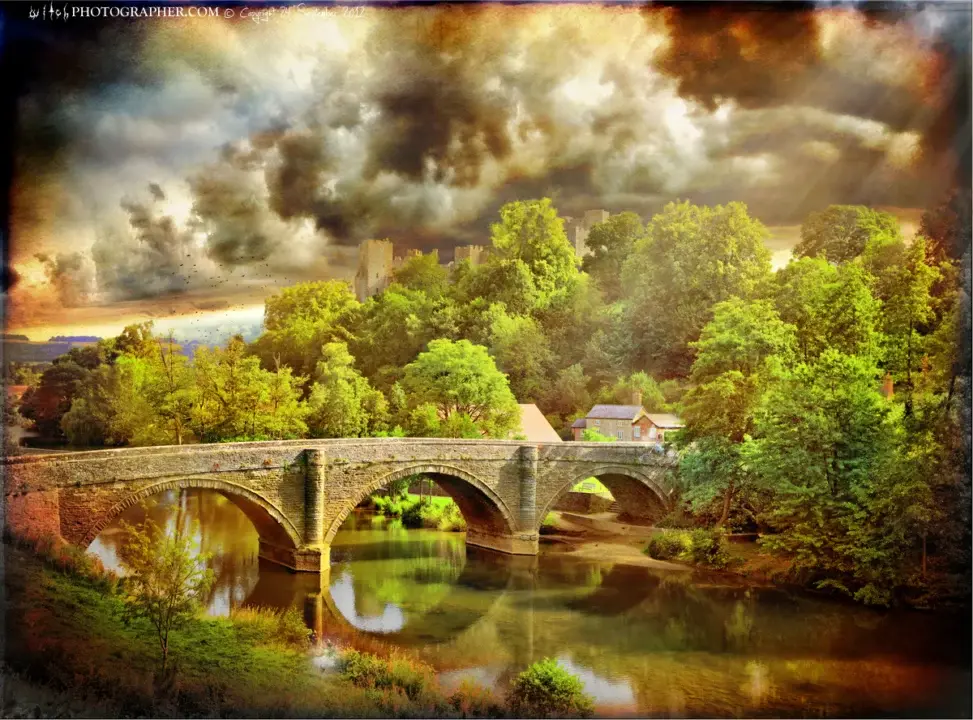
 Click a section to zoom in. These are
Click a section to zoom in. These are 































































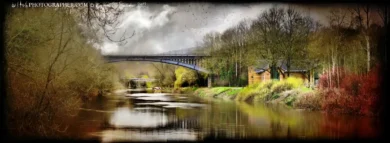


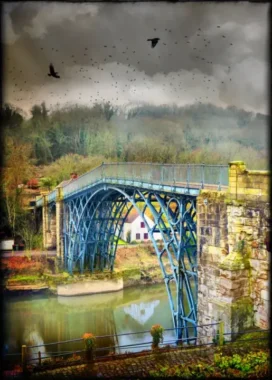
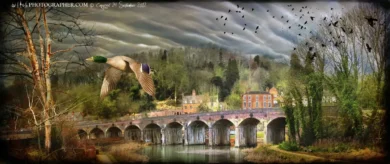
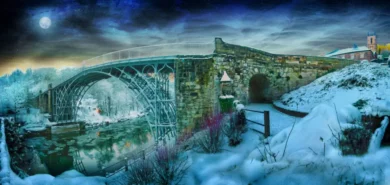

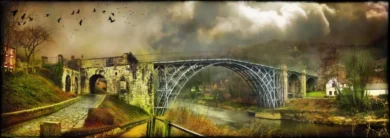
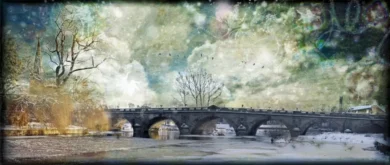
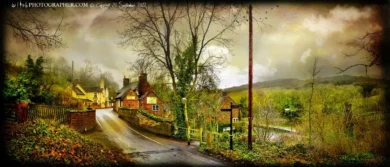
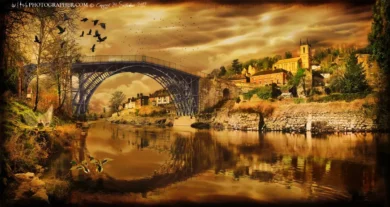

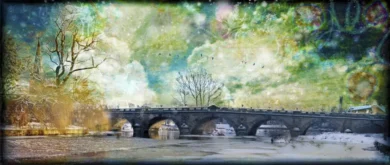
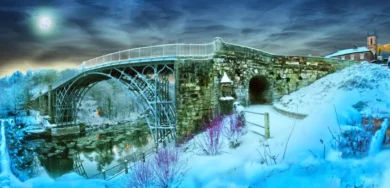
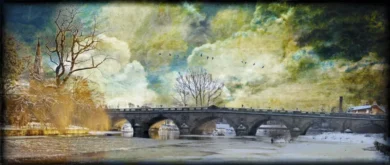
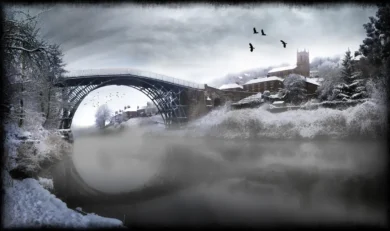
Reviews
There are no reviews yet.